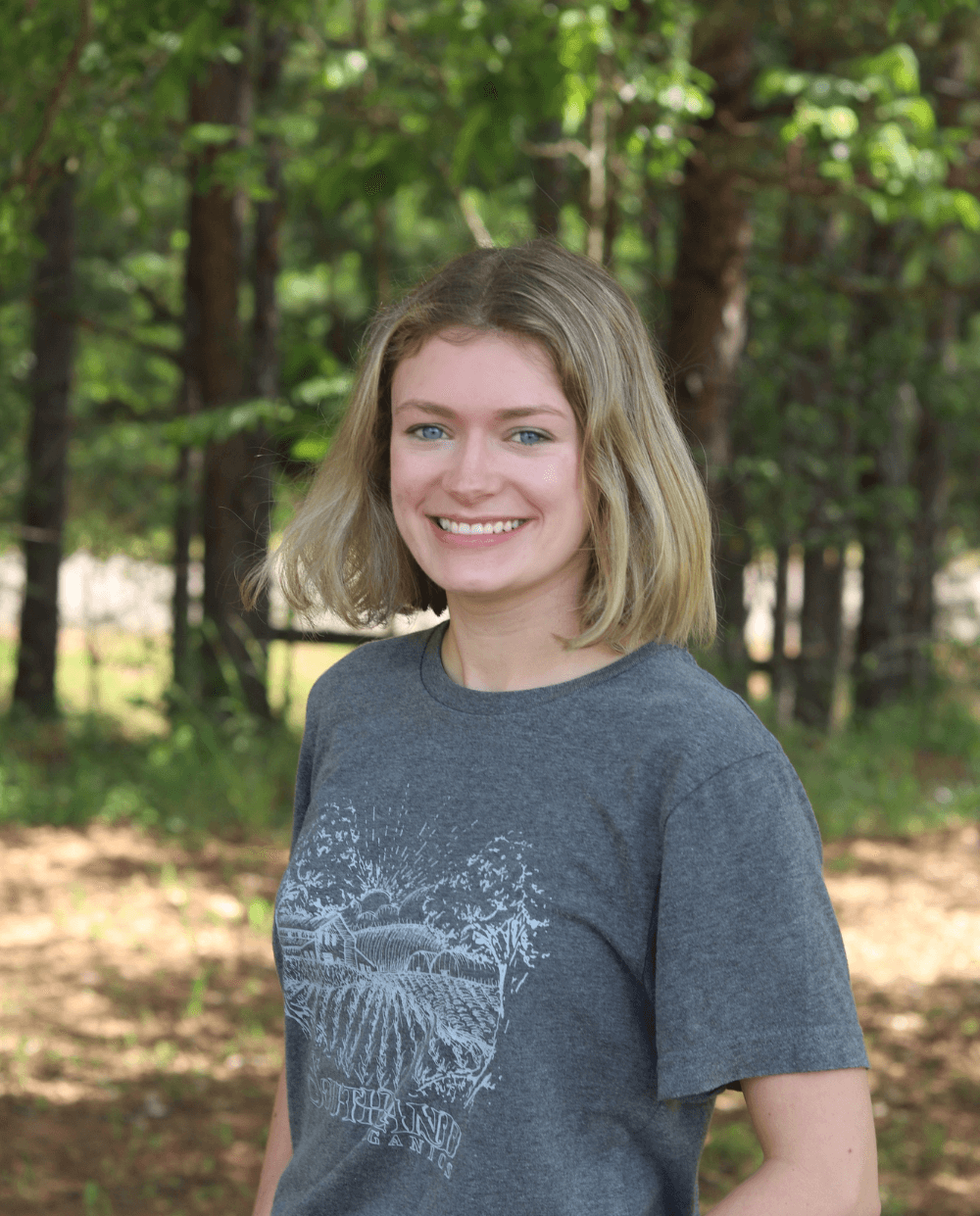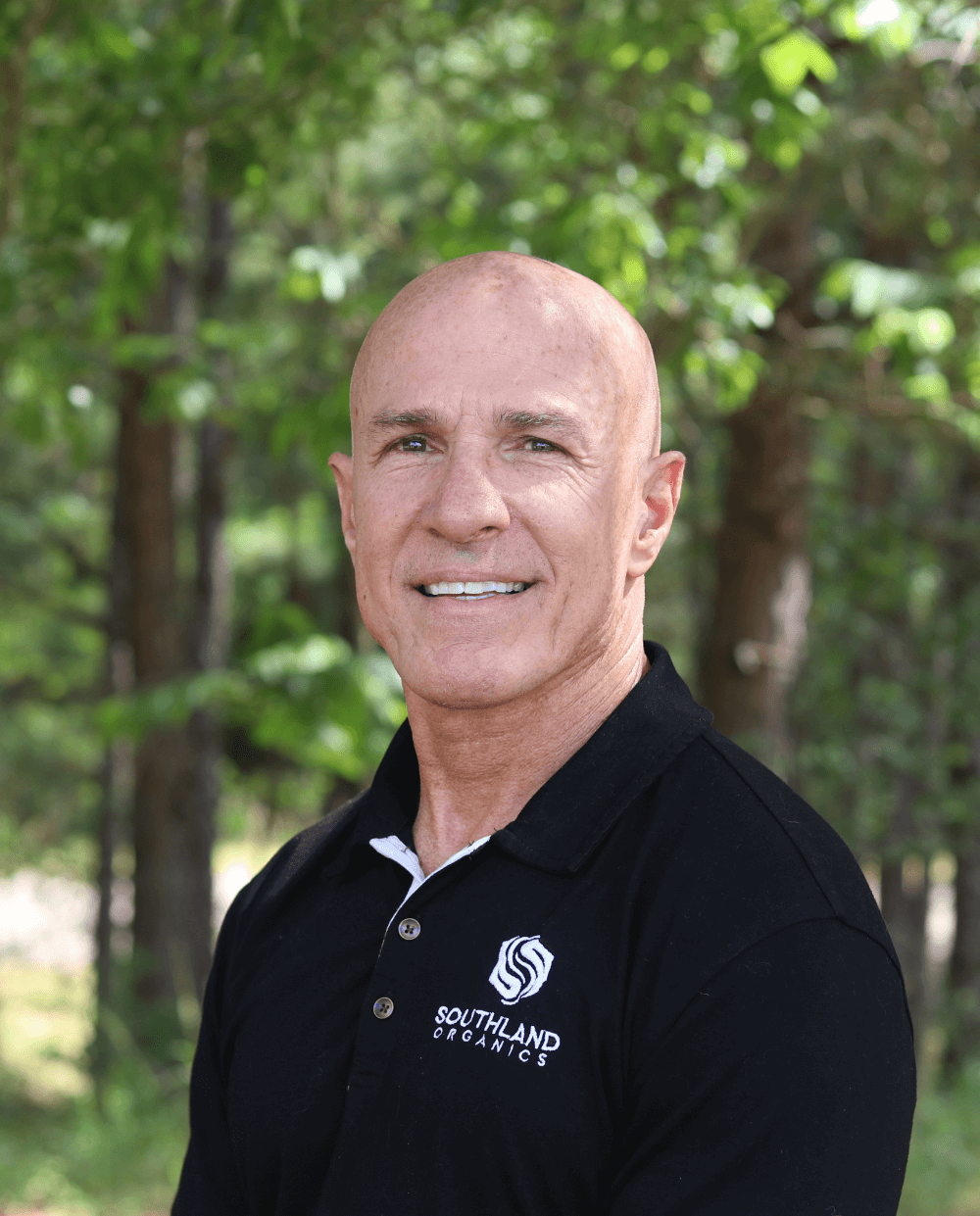Bryant Madren is a pastor who has also been growing poultry for six years. You may have seen him on his wife's YouTube channel, The Farming Pastor's Wife. But in this video, Bryant is taking the stage to share two major hacks he uses on his poultry farm.
1. Jig for Laying Drip Lines
When Bryant first built his houses in 2016, he didn't implement any drip lines or erosion control. This caused him to run into trouble with water buildup at the end of two of his houses, which had to be regraded. This was an expensive fix but a valuable lesson. Since then, Bryant's philosophy has been "Do it right the first time, and do it right as soon as you can."
Later, Bryant became eligible for a USDA NRCS (Natural Resources Conservation Service) grant for erosion control. He used the grant and built a really unique jig to spread out the rocks and control erosion around his houses. This project also helps prevent water from sinking under the foundation and creating problems inside the poultry houses. Plus, it looks really nice!
The NRCS grant required 12 inches of rocks on either side of the drip line, but Bryant decided to do a little extra. His rock perimeter extends about 30 inches from the wall. He also did a bit more depth than was required; five inches as opposed to the minimum of four. Exceeding the NRCS standards adds a little extra insurance and can account for any natural low points or settling that occurs in the rocks.
Bryant made a jig for this project because raking out the rocks by hand would have been too arduous for a small team. He thought of it like how a box blade works. He created a box that would spread the rocks in a way that exceeded the NRCS standards (30 inches out and five inches deep). He used a five-inch C channel on the bottom, then welded a piece of four-inch C channel as a wiper on the back. This way, he could dump the rock into the box as the jig spread it out.
Bryant also wanted to lay landscaping fabric under the rocks. He added a roller on the front of the jig that lays the fabric as the jig is pulled by the tractor. The rocks hold the fabric down as it is pulled, an extra impressive feature of Bryant's innovation!
This process was a little time consuming, but worth the effort to protect Bryant's investment and even make it more valuable.
2. Bryant's Compost Shed
Like many famers, Bryant's integrator contract requires him to have a way to dispose of dead birds. When starting his farm, he had two options for mortality management: an incinerator or a compost shed. With the knowledge that an incinerator costs money every time you run it and natural decomposition is free, Bryant chose the compost shed route.
Inspired by his nephew's stack house, Bryant bought two 20 x 20 carports and built four compost bins underneath them. This cost a little under $6K in 2016, and it lasted about five years. He used this relatively low-cost option until he could get an NRCS grant for the nice, large compost facility you see in the video. His current compost shed is about 40 ft wide and 180 ft long and holds both litter and birds.
Had he bought an incinerator at the outset, it would have cost him around $50K by now. Considering the cost of his initial compost shed, he's saved $10K by not getting an incinerator and waiting until he could get his current shed with the help of an NRCS grant!
Questions?
If you have any questions for Bryant, reach out to us and we'll help you get some answers. You can reach Allen Reynolds at allen@southlandorganics.com or by calling 800-608-3755.






